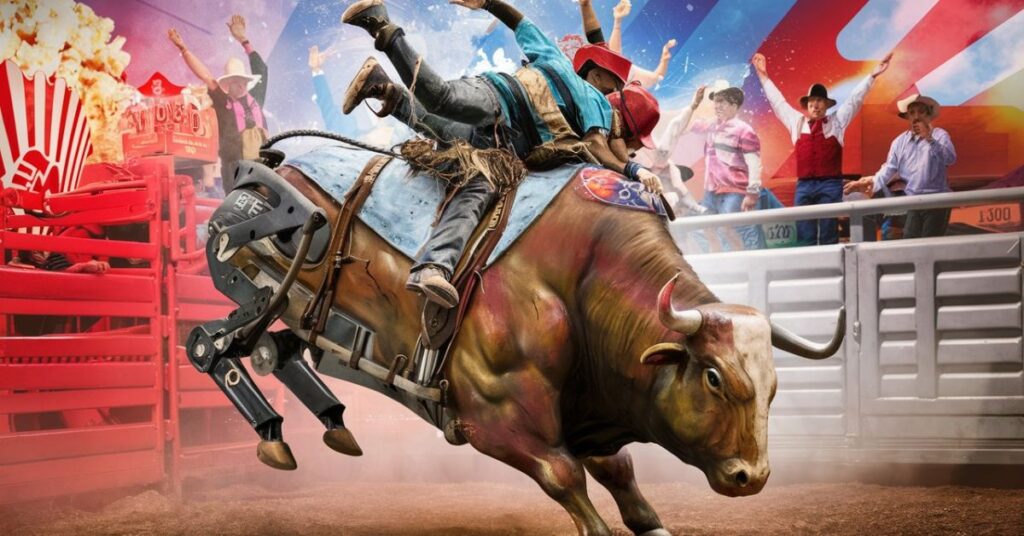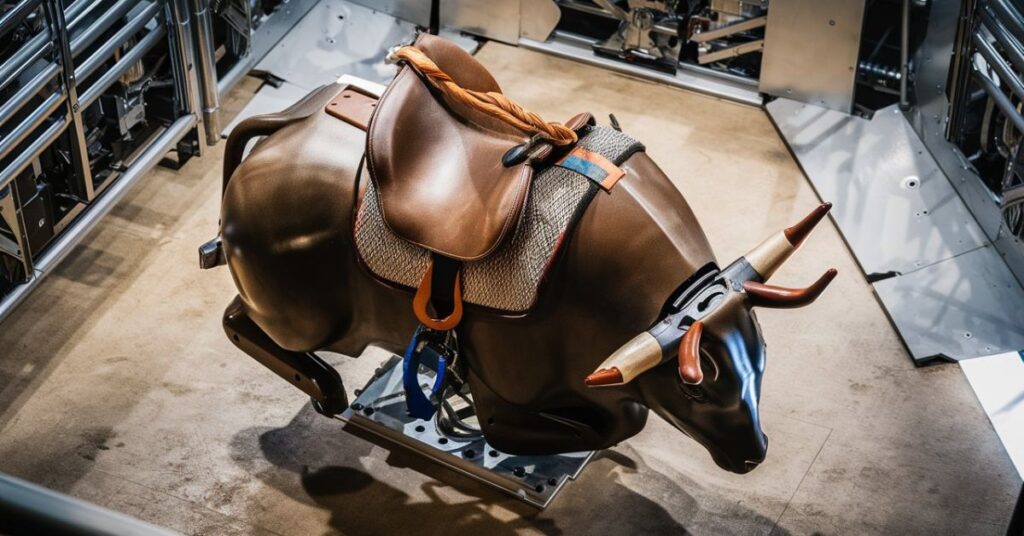Mechanical Bull For Sale have moved beyond their specialized beginnings in rodeo practice to become a common feature at various types of events, from small backyard get-togethers to business meetings. Whether you’re planning an event, own a bar, or just love the idea, getting a mechanical bull can bring a lot of thrill and a bit of the wild west atmosphere to your parties. This detailed guide will take you through all the essential information you need to know about acquiring and maintaining a mechanical bull.
The History of the Mechanical Bull
The mechanical bull, a type of amusement ride that mimics the action of bull riding, originated from the training grounds of rodeos. It was initially created to assist rodeo athletes in honing their skills without the dangers that come with riding a real animal. As time went on, mechanical bulls became a favorite form of amusement, providing the excitement of bull riding in a secure, controlled setting.
Why Buy a Mechanical Bull?

Purchasing a mechanical bull offers numerous benefits:
- Entertainment Value: A Mechanical Bull For Sale can be a showstopper at any event, drawing in crowds and providing hours of fun.
- Versatility: Suitable for a variety of events including parties, festivals, fairs, and corporate gatherings.
- Skill Development: Ideal for aspiring rodeo riders to practice and improve their skills.
- Attraction: Enhances the appeal of bars, clubs, and other venues, potentially increasing patronage.
Types of Mechanical Bulls
When considering a Mechanical Bull For Sale, it’s important to understand the different types available:
- Standard Mechanical Bulls: The most common type, featuring a motorized bull body on a platform with various speed and movement settings.
- Portable Mechanical Bulls: Designed for easy transportation and setup, these are perfect for event organizers who need to move the bull between locations.
- Inflatable Mechanical Bulls: These come with an inflatable base, providing a cushioned landing area for riders, enhancing safety and ease of use.
Key Features to Look For
When shopping for a mechanical bull, consider the following features to ensure you get a high-quality product that meets your needs:
- Safety Features: Look for emergency stop buttons, padded horns, and a soft landing area.
- Durability: A robust build quality is essential to withstand frequent use. Check for high-quality materials and solid construction.
- Control Options: Advanced models offer multiple speed settings and pre-programmed ride patterns to cater to different skill levels.
- Ease of Maintenance: Consider how easy it is to clean and maintain the bull. Removable parts and accessible components can simplify this process.
- Warranty and Support: Ensure the manufacturer offers a comprehensive warranty and reliable customer support.
The Buying Process
Purchasing a mechanical bull involves several steps:
- Research: Start by researching different brands and models, comparing features, prices, and customer reviews.
- Budget: Determine your budget. Mechanical bulls can range from a few thousand to tens of thousands of dollars.
- Vendor Selection: Choose a reputable vendor. Look for companies with positive reviews and a track record of quality and reliability.
- Inspection: If possible, inspect the mechanical bull in person before purchase to check its condition and features.
- Purchase and Delivery: Complete the purchase and arrange for delivery. Ensure you have a suitable location for setup and storage.
Setting Up Your Mechanical Bull
Once you’ve purchased your mechanical bull, proper setup is crucial for safety and functionality:
- Location: Choose a flat, stable surface with ample space around the bull for safe operation.
- Power Supply: Ensure you have a reliable power source to operate the motor and control systems.
- Assembly: Follow the manufacturer’s instructions for assembly. This typically involves attaching the bull to the base and connecting control systems.
- Safety Checks: Perform thorough safety checks before each use, ensuring all components are secure and functioning correctly.
Operating a Mechanical Bull
Operating a mechanical bull requires attention to safety and rider enjoyment:
- Operator Training: Ensure the operator is well-trained and familiar with the control system. They should be able to adjust speeds and ride patterns based on rider skill level.
- Safety Protocols: Implement strict safety protocols, including mandatory use of helmets and padding, clear riding instructions, and an emergency stop mechanism.
- Rider Briefing: Brief riders on safety measures and riding techniques to minimize the risk of injury.
Maintenance and Upkeep
Regular maintenance is essential to keep your mechanical bull in top condition:
- Routine Inspections: Conduct regular inspections of the mechanical and electronic components, looking for signs of wear and tear.
- Cleaning: Keep the bull and surrounding area clean to prevent dirt and debris from affecting performance.
- Lubrication: Apply lubrication to the moving parts as specified by the manufacturer to maintain smooth operation.
- Repairs: Resolve any issues immediately to prevent further damage.
Legal and Insurance Considerations
Operating a mechanical bull comes with legal and insurance considerations:
- Permits: Check local regulations to see if you need permits for operating a mechanical bull at public events.
- Insurance: Obtain liability insurance to protect against potential accidents and injuries. Ensure the policy covers both private and public events.
- Waivers: Have riders sign liability waivers acknowledging the risks involved in mechanical bull riding.
Enhancing the Experience
To enhance the mechanical bull riding experience, consider the following:
- Themed Events: Incorporate the mechanical bull into themed events such as rodeos, western nights, or cowboy parties.
- Competitions: Host riding competitions with prizes for the best performances, adding a competitive edge to the fun.
- Music and Lighting: Use music and lighting to create an exciting atmosphere around the mechanical bull.
- Professional Riders: Hire professional bull riders to perform demonstrations and provide tips to participants.
Buying Second-Hand Mechanical Bulls
If budget constraints are a concern, buying a second-hand mechanical bull can be a viable option:
- Condition Check: Thoroughly inspect the bull for any signs of damage or excessive wear.
- History: Inquire about the bull’s usage history and maintenance records.
- Test Ride: If possible, test the bull to ensure it operates smoothly and safely.
- Price Comparison: Compare prices of second-hand bulls with new models to ensure you’re getting a good deal.
Conclusion: The Thrill of Ownership
Having a Mechanical Bull For Sale at your events can add a special excitement, drawing in large audiences and creating memorable moments. By learning about the various models of mechanical bulls, essential characteristics to consider, and the process of acquiring, installing, and caring for one, you can make a knowledgeable choice and guarantee that your mechanical bull stands out at every event. Whether your goal is to amuse visitors, draw in patrons, or improve your rodeo abilities, a mechanical bull offers a flexible and thrilling asset.

